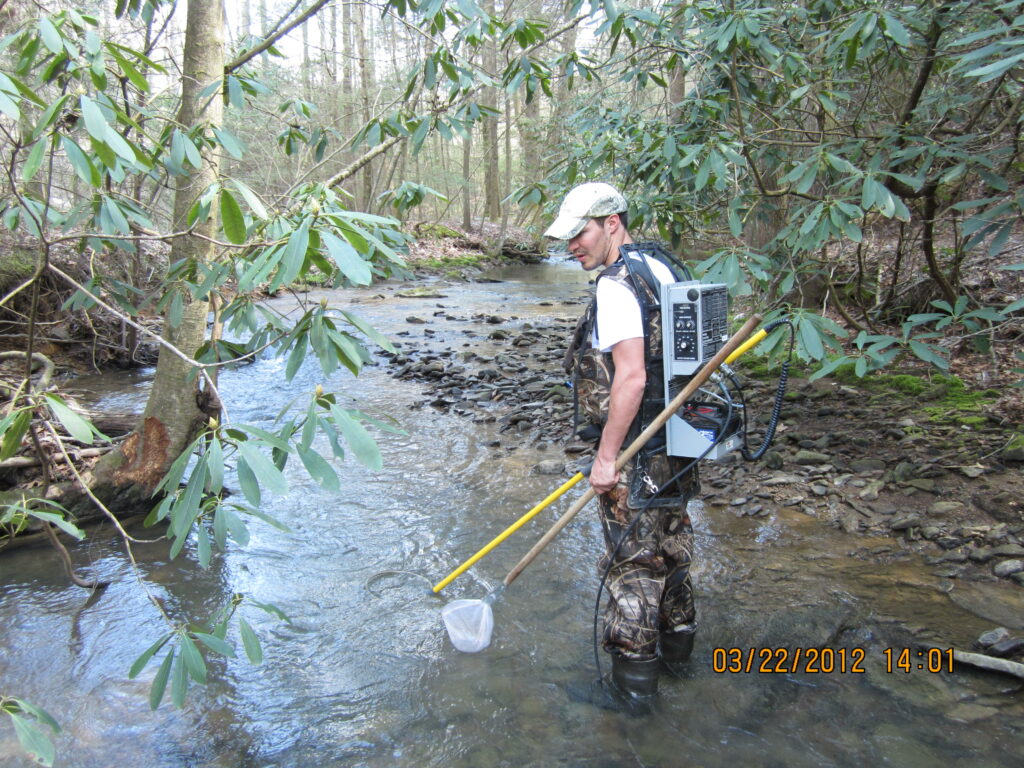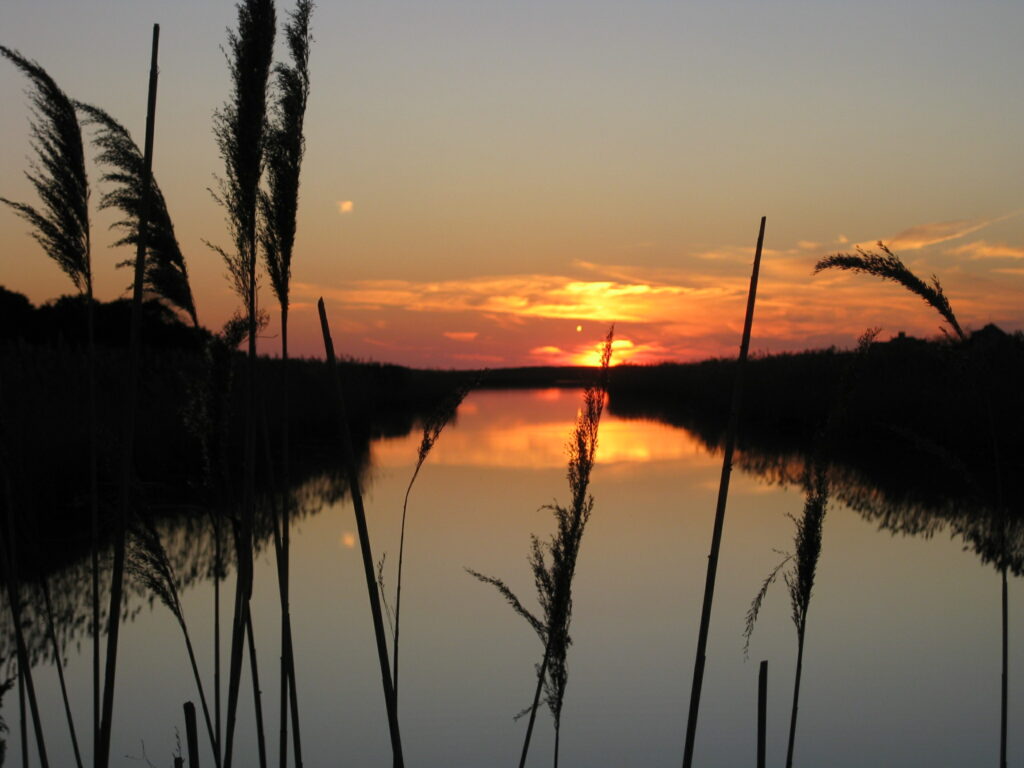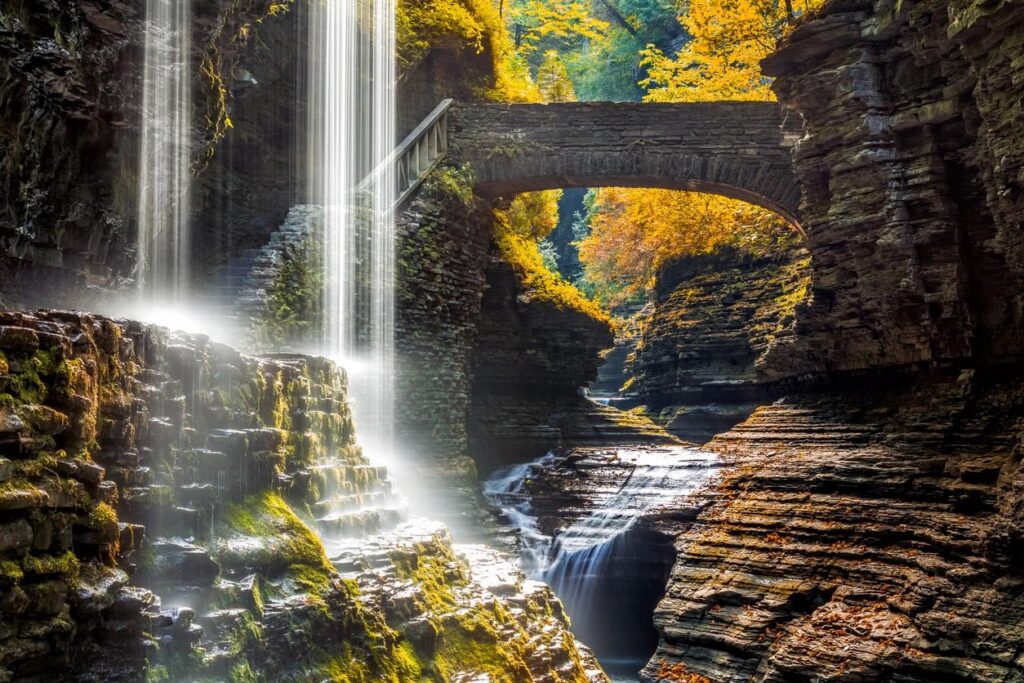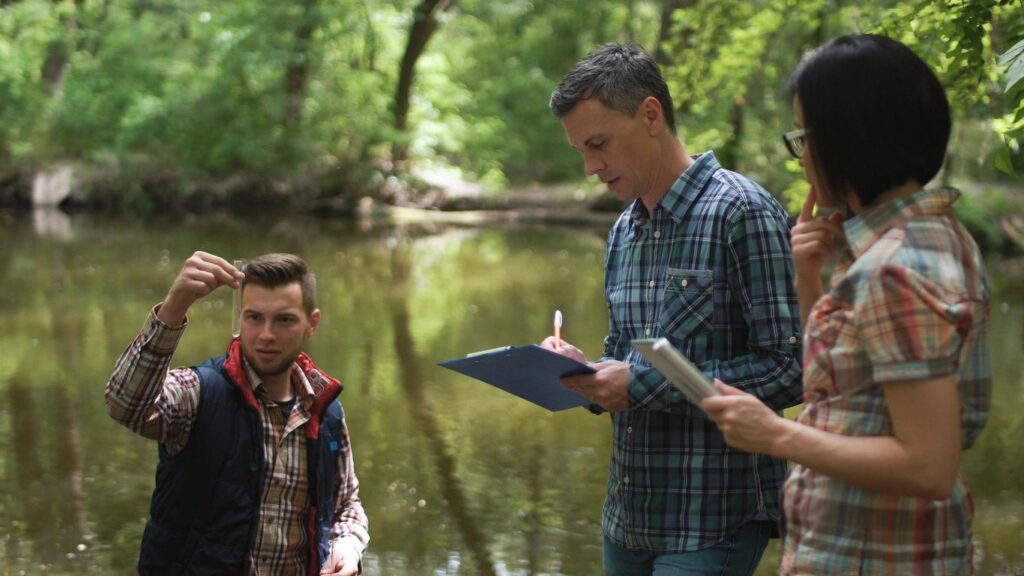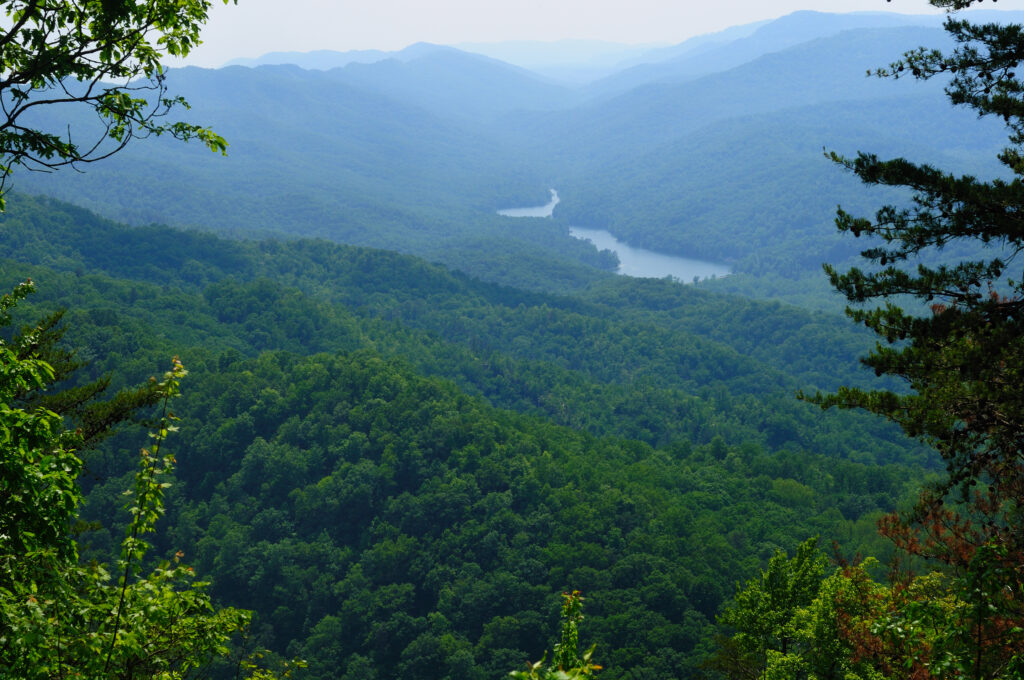Stream restoration services include stream restoration assessment, design, and construction monitoring services. Whether it is a baseline study or full stream restoration design plan our team regularly performs these tasks to help our clients meet their project goals. Using Rosgen and standard survey trained stream restoration specialists, Waypoint, LLC provides detailed longitudinal profiles, functional assessments, dimension information (plan-views, cross-sections), pebble counts, drone footage and data acquisition, and complete Rosgen stream assessments.
Bat Acoustic Monitoring and Analysis
Waypoint, LLC’s bat survey team is equipped to take on all of your bat survey needs. Our staff is fully permitted and qualified to conduct surveys for the endangered Indiana Bat (Myotis sodalis), threatened Northern Long Eared Bat (Myotis septentrionalis), and endangered Gray Bat (Myotis grisescens) throughout much of their range, and has extensive experience with habitat assessments, summer and fall mist-net surveys and mine portal surveys, and acoustic monitoring and analysis. If you have any questions about your Section 7 ESA compliance or the new 4(d) rule issued for the Northern Long Eared bat, or have been requested to address bats on your project for any reason, please give us a call and we will be happy to walk you through the process and take care of all your bat survey needs.
KY Bat Survey
Waypoint, LLC’s bat survey team is equipped to take on all of your bat survey needs. Our staff is fully permitted and qualified to conduct surveys for the endangered Indiana Bat (Myotis sodalis), threatened Northern Long Eared Bat (Myotis septentrionalis), and endangered Gray Bat (Myotis grisescens) throughout much of their range, and has extensive experience with habitat assessments, summer and fall mist-net surveys and mine portal surveys, and acoustic monitoring and analysis. If you have any questions about your Section 7 ESA compliance or the new 4(d) rule issued for the Northern Long Eared bat, or have been requested to address bats on your project for any reason, please give us a call and we will be happy to walk you through the process and take care of all your bat survey needs.



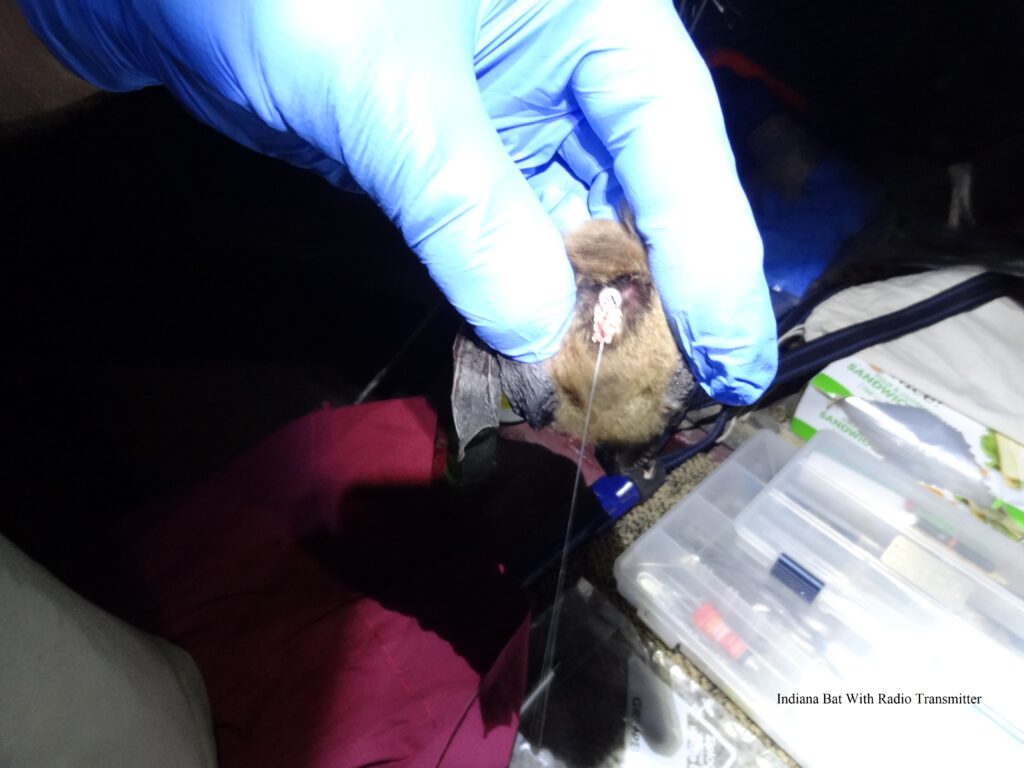
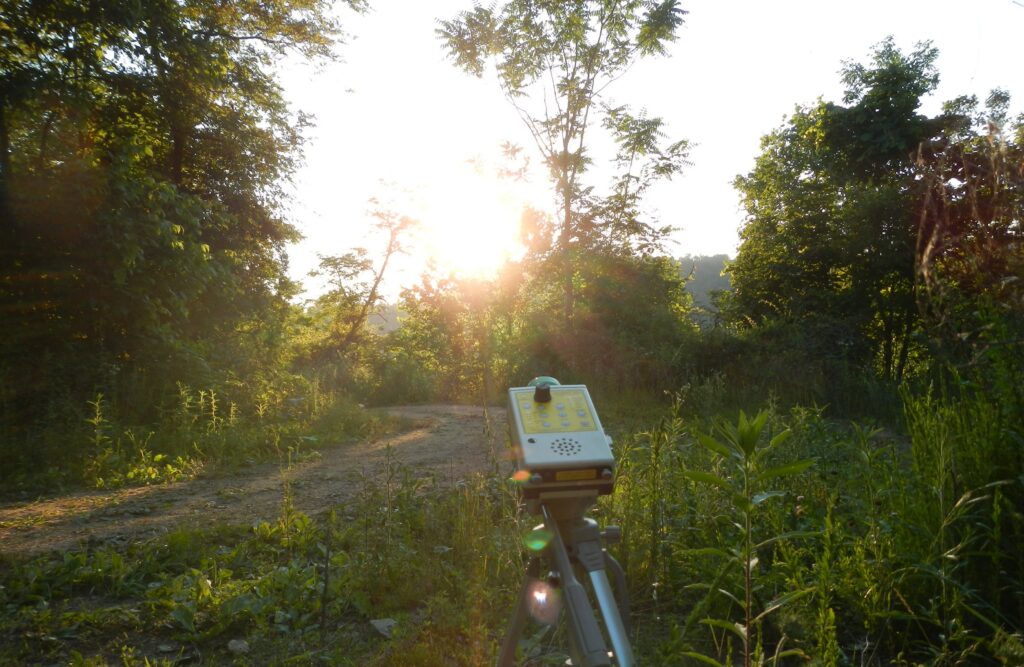
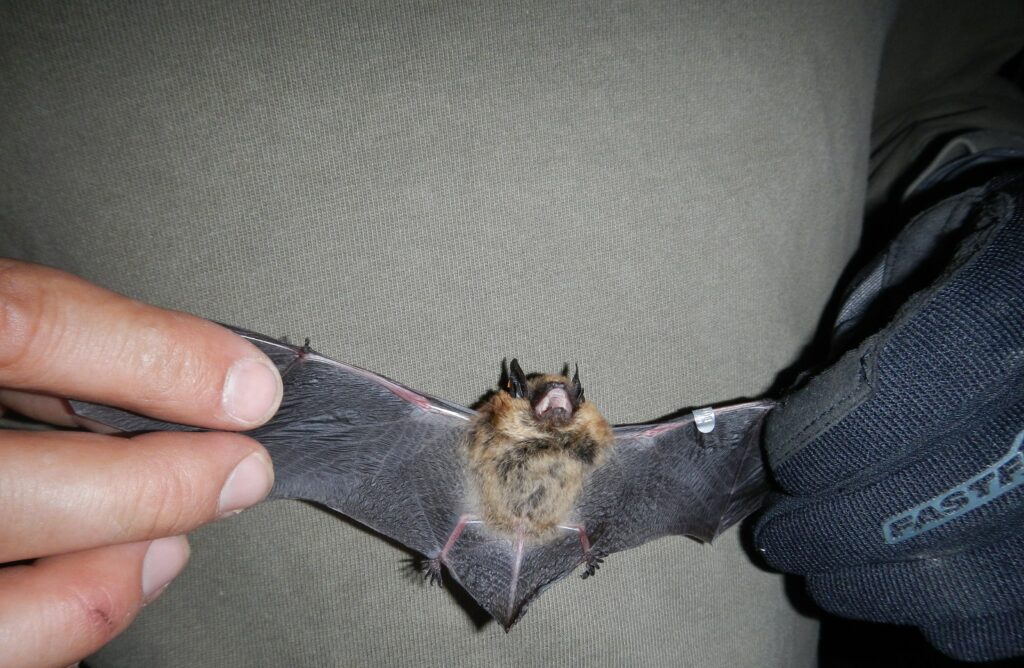
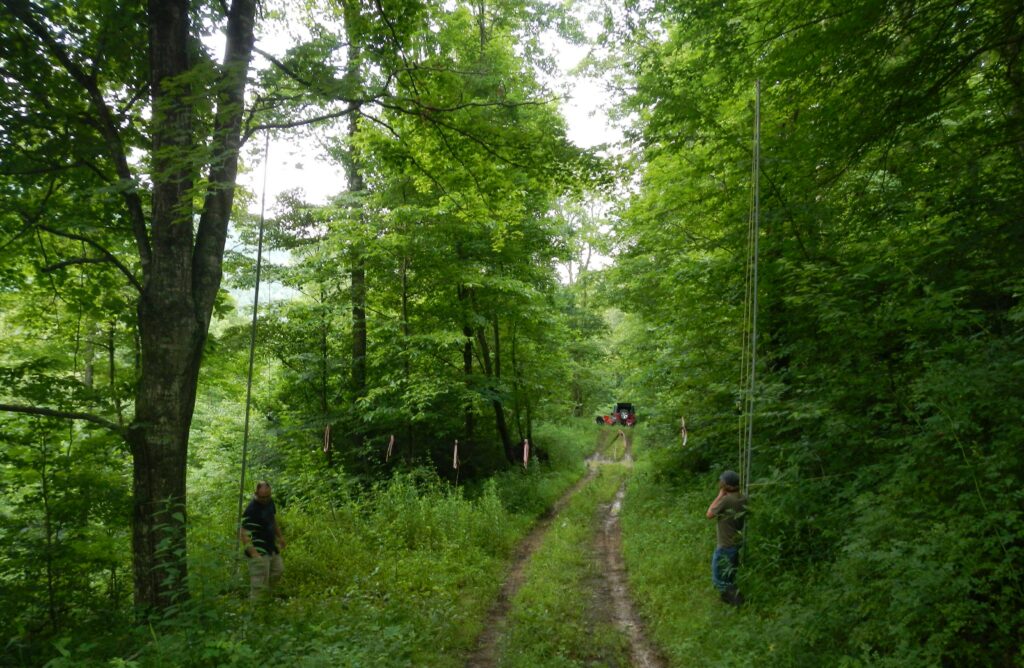
Bat Mist Net Survey
Bat Mist Net Survey
Waypoint, LLC’s bat survey team is equipped to take on all of your bat survey needs. Our staff is fully permitted and qualified to conduct surveys for the endangered Indiana Bat (Myotis sodalis), threatened Northern Long Eared Bat (Myotis septentrionalis), and endangered Gray Bat (Myotis grisescens) throughout much of their range, and has extensive experience with habitat assessments, summer and fall mist-net surveys and mine portal surveys, and acoustic monitoring and analysis. If you have any questions about your Section 7 ESA compliance or the new 4(d) rule issued for the Northern Long Eared bat, or have been requested to address bats on your project for any reason, please give us a call and we will be happy to walk you through the process and take care of all your bat survey needs.
Kentucky Bat Survey
Kentucky Bat Survey
During this bat survey for a planned resource extraction site (surface and underground highwall/auger coal mining) mist net and acoustic sampling was employed. Prior to sampling a summer and winter habitat assessment was performed to identify the amount of and potential for habitat presence. The Kentucky Bat Survey (Whitley County) was performed on an approximately 120 acre tract of land was surveyed and clearance was recommended due to no captures of Threatened or Endangered species. Waypoint, LLC’s bat survey team is equipped to take on all of your bat survey needs. Our staff is fully permitted and qualified to conduct surveys for the endangered Indiana Bat (Myotis sodalis), threatened Northern Long Eared Bat (Myotis septentrionalis), and endangered Gray Bat (Myotis grisescens) throughout much of their range, and has extensive experience with habitat assessments, summer and fall mist-net surveys and mine portal surveys, and acoustic monitoring and analysis. If you have any questions about your Section 7 ESA compliance or the new 4(d) rule issued for the Northern Long Eared bat, or have been requested to address bats on your project for any reason, please give us a call and we will be happy to walk you through the process and take care of all your bat survey needs.



Northern Long-eared Bat Facts: According to the USFWS website the following paragraphs describe potential summer and winter habitat for this species:
Winter Habitat: Northern long-eared bats spend winter hibernating in caves and mines, called hibernacula. They use areas in various sized caves or mines with constant temperatures, high humidity, and no air currents. Within hibernacula, surveyors find them hibernating most often in small crevices or cracks, often with only the nose and ears visible.
Summer Habitat: During the summer, northern long-eared bats roost singly or in colonies underneath bark, in cavities or in crevices of both live trees and snags (dead trees). Males and non-reproductive females may also roost in cooler places, like caves and mines. Northern long-eared bats seem to be flexible in selecting roosts, choosing roost trees based on suitability to retain bark or provide cavities or crevices. This bat has also been found rarely roosting in structures, like barns and sheds.
Benthic Macroinvertebrate Surveys
Benthic Macroinvertebrate Surveys
Benthic macroinvertebrate surveys and analysis is provided by our team of aquatic entomologists and biologists. Waypoint’s macroinvertebrate survey team is equipped to take on all of your aquatic survey needs. If you have any questions about your biological monitoring compliance needs or programs, please give us a call and we will be happy to walk you through the process and take care of all your benthic macroinvertebrate / biological assessment survey needs.

KY Selenium Fish Tissue
KY Selenium Fish Tissue
Selenium Fish Tissue Sampling frequencies are conducted by Waypoint, LLC to help our clients comply with NPDES/KPDES permits issued by the Kentucky Division of Water (KDOW) or the EPA. Following the standard operating procedures (SOP) for selenium fish tissue sampling set forth by KDOW we maintain scientific collectors permits and provide field personnel with extensive experience identifying the target species as required by the protocol. These are very time sensitive events so keep this in mind as soon as you find out you need a sampling event conducted.
Waypoint, LLC’s selenium fish tissue survey team is equipped to take on all of your NPDES compliance needs for this type of project. Our staff is fully permitted and qualified to conduct surveys in multiple states.
Many NPDES Permits now contain a Selenium Fish Tissue sampling trigger for collection of fish and application of EPA Method 200.8. This method identifies the amount of Selenium accumulated in the tissue of certain fish species. This methodology is outlined in the Methods for the Collection of Selenium Residue in Fish Tissue Used to Determine KPDES Permit Compliance SOP manual published by the Commonwealth of Kentucky Energy and Environment Cabinet, Department for Environmental Protection, Division of Water (KDOW, 2019).

KY Selenium Fish Tissue Collection
KY Selenium Fish Tissue Collection
Selenium Fish Tissue Collection frequencies are conducted by Waypoint, LLC to help our clients comply with NPDES/KPDES permits issued by the Kentucky Division of Water (KDOW) or the EPA. Waypoint staff maintain scientific collectors permits and provide field personnel with extensive experience identifying the target species as required by the protocol. These are very time sensitive events so keep this in mind as soon as you find out you need a sampling event conducted.
Waypoint’s selenium fish tissue survey team is equipped to take on all of your NPDES compliance needs for this type of project. Our staff is fully permitted and qualified to conduct surveys in multiple states.

Stream Restoration Kentucky
Stream Restoration Kentucky
Waypoint personnel have been monitoring stream and wetland mitigation sites for the past 10 years. Mitigation release has been granted by the U.S. Army Corps of Engineers on multiple projects, for meeting performance standards and success criteria contained in the approved permits.
Archaeological Surveys
Archaeological Surveys
Archaeological surveys for Section 106 review typically requires a phase I archaeological survey using surface and subsurface investigative techniques. During this survey we encountered many Sandstone Outcrops like the one pictured below extending out of the local topography within steeply cut valleys. Our archaeological survey team is equipped to take on all of your cultural resource survey needs. Our staff is fully permitted and qualified to conduct surveys for historic and prehistoric sites and has extensive experience with Section 106 compliance. If you have any questions about your Section 106 compliance or have been requested to address archaeological resources on your project for any reason, please give us a call and we will be happy to walk you through the process and take care of all your archaeological survey needs.
We can walk you through the process of conducting your archaeological survey in many states including but not limited to Kentucky, Ohio, Indiana, Tennessee, Alabama, Illinois, Louisiana, and Massachusetts.

